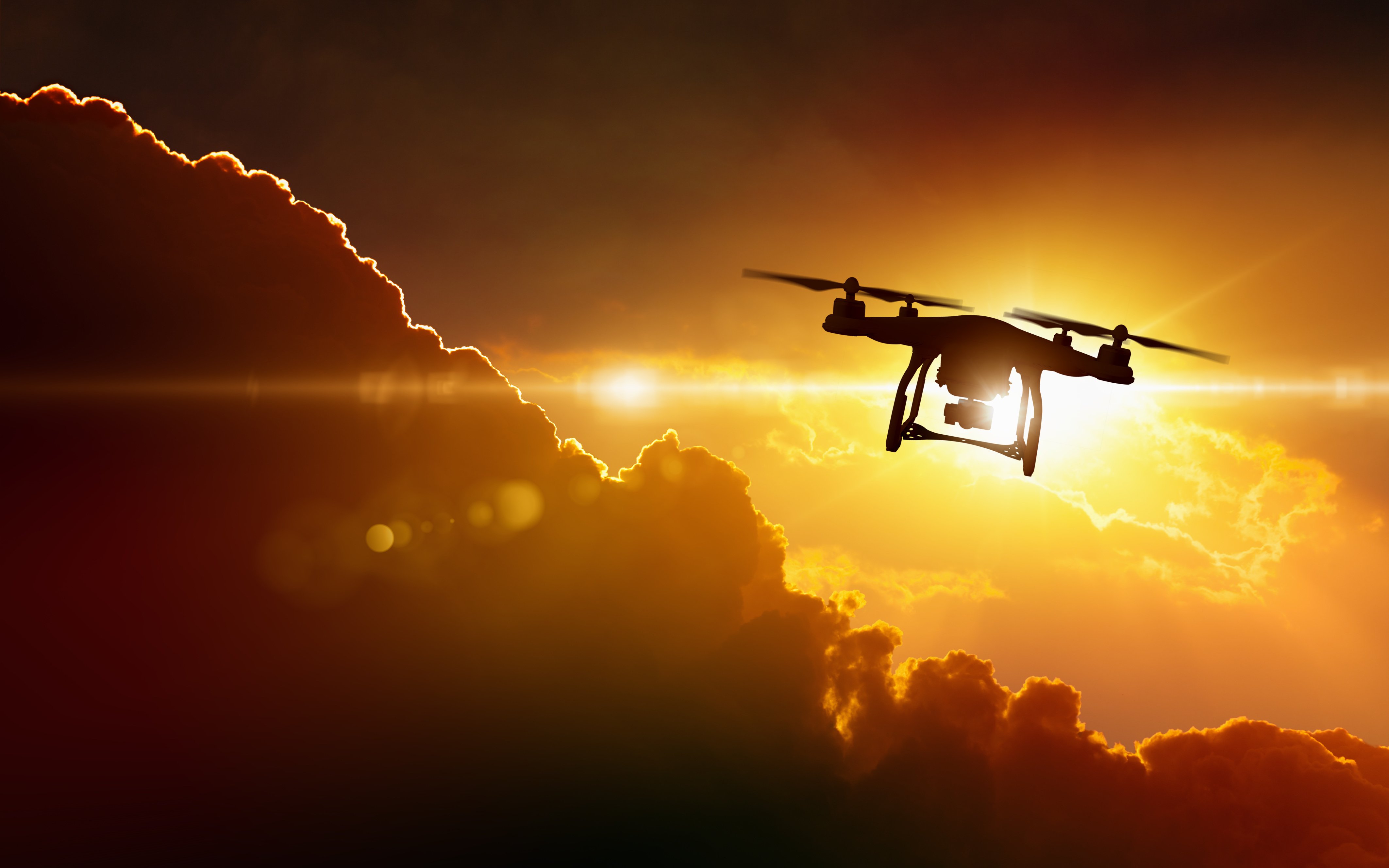It can sometimes be quite stressful when operating drones commercially. You are constantly battling with the public's perception of UAVs and their (sometimes) uneducated assumption of the regulations.
As commercial drone operators, it becomes our responsibility partly to try and help educate the public about what we can, and can't do. However, sometimes you encounter some people who are determined to stop you from flying, even if you are within your rights and following procedures, so how can we handle this situation?
Talk to them directly before you fly your drone
Sometimes, when someone isn't expecting you to fly nearby, they can get worried that you are doing something illegal and intrusive. As a best practice, try and contact or speak to the neighbours before you fly your drone, especially if you are going to be in relatively close proximity. Explain what you are doing and that you are not filming (or photographing them) and usually, you can prevent a situation from arising.
Secondly, if you can speak to them, it may be possible to get them 'under your control', and as such, allow you to get closer to them and their property which may mean you can get a better shot.
If you need to 'sweeten the deal' as it were, consider offering to grab a shot of their property while you are up in the air.
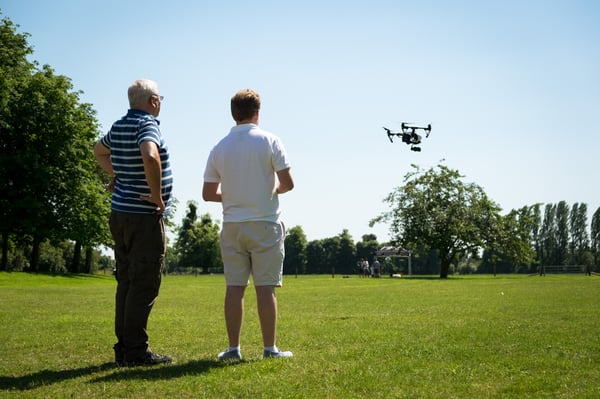
I've entered airspace near someone's property, and it's within 50m - What do I do?
Ok, so you were in the wrong with this one. If something had gone wrong with the aircraft while you were within 50m of their property, then you would be liable. If you entered their space and they are not happy, then there is a bit of a grey area when it comes down to this.
In theory, they could report it to the police and the CAA, which, if all the laws of the land came into full force, it could lead to you having your commercial permissions revoked.
To avoid escalation, try and resolve the matter by opening a dialogue. By what distance did you encroach on near their property? Were you 50 metres laterally away from the property? Talk to them directly and explain the situation and circumstances. Maybe even show them your PfCO and that you have done a course. You can't change what you have done on this flight, but you can learn from it.
If you were in the wrong, then you need to learn from these experiences and try and find a way around it. Was a drone the right tool for the job?
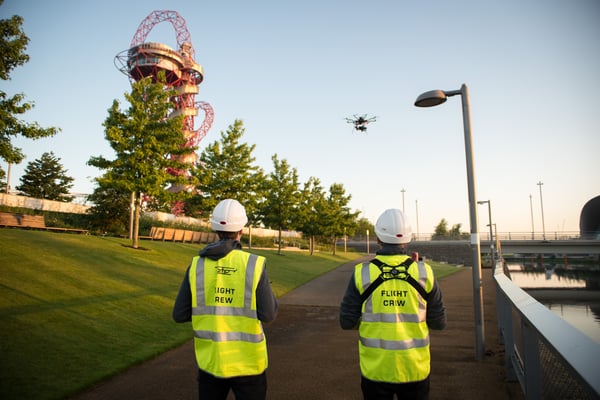
We're flying in a park, and there are members of the public nearby - how do I handle this?
We've had this experience quite a lot whereby you've got your permissions to shoot at a local park, but there's always going to be members of the public nearby - so what can you do?
For starters, we make the decision (unless it is a requirement by the local authorities) to not wear a high visibility jacket as the pilot. But why? We don't want to attract attention to the pilot who now stands out like a shining beacon. We'll have a spotter in a high visibility jacket to deal with and take all the attention away from the pilot so they can operate the drone safely without distraction.
Sometimes, you want to make as little visual noise as possible that you are working in that area. As long as you are following your procedures in your Operations Manual, you'll be fine.
This strategy doesn't work if you are operating alone, so we always suggest roping in someone (maybe even your client!) to help with this.
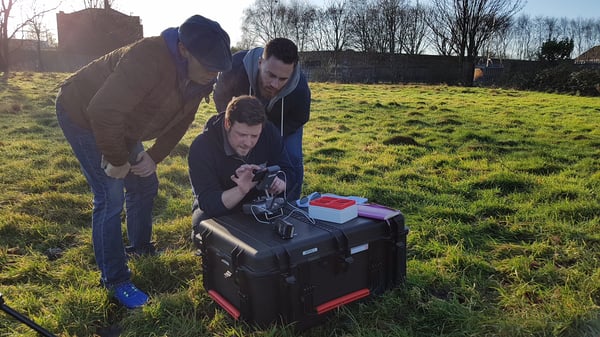
How do I deal with local authorities?
If you are planning on taking off from a public space, then your first point of contact will be the local council. Many larger councils now have a film office, and they are becoming more aware of the processes of dealing with drone operation enquiries.
Most of the time you will have to fill out an application of your flight path, do a thorough risk assessment and ensure you have enough support to control the area. Many local authorities are becoming more respondent to drone shoots when applied for and done correctly, but don't expect things to move quickly.
You can find more information on this subject here.
Conclusion
Communication is always the key, and the more contact you can do before taking the aircraft into the air the better. If you stay within the law, you shouldn't have any issues. If you hold a PfCO, you've done your course, and therefore you know your rights.
When you start to work outside of your permissions, things become out of your hands and you the public has every right to challenge you. The regulations are there for a reason - privacy and safety.
Don't take chances, and if you do break the rules, prepare for the potential fallout.
If you don't have a PfCO, check out this blog on why and when you need one.
